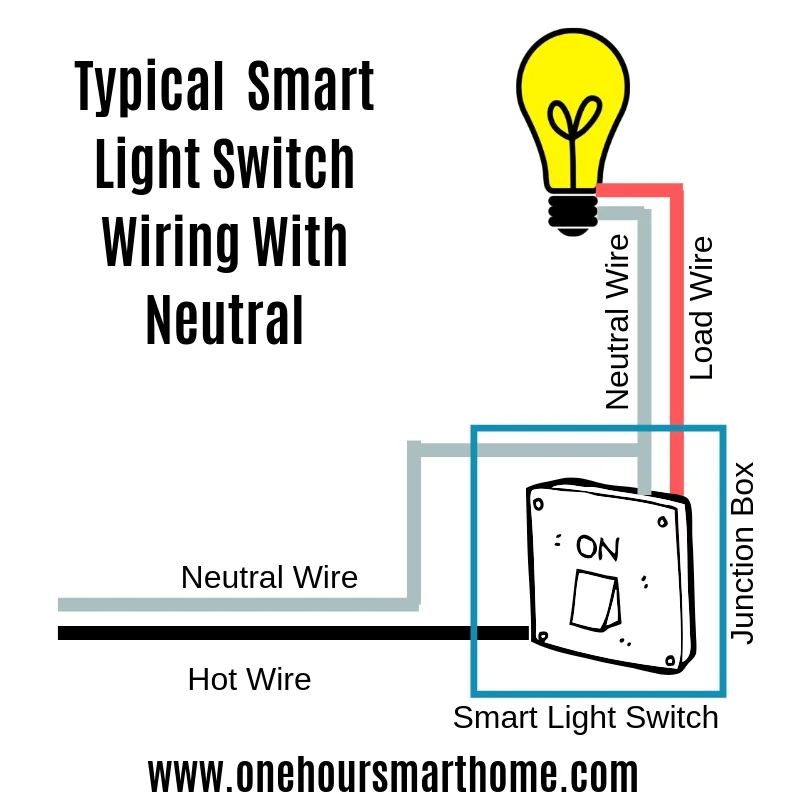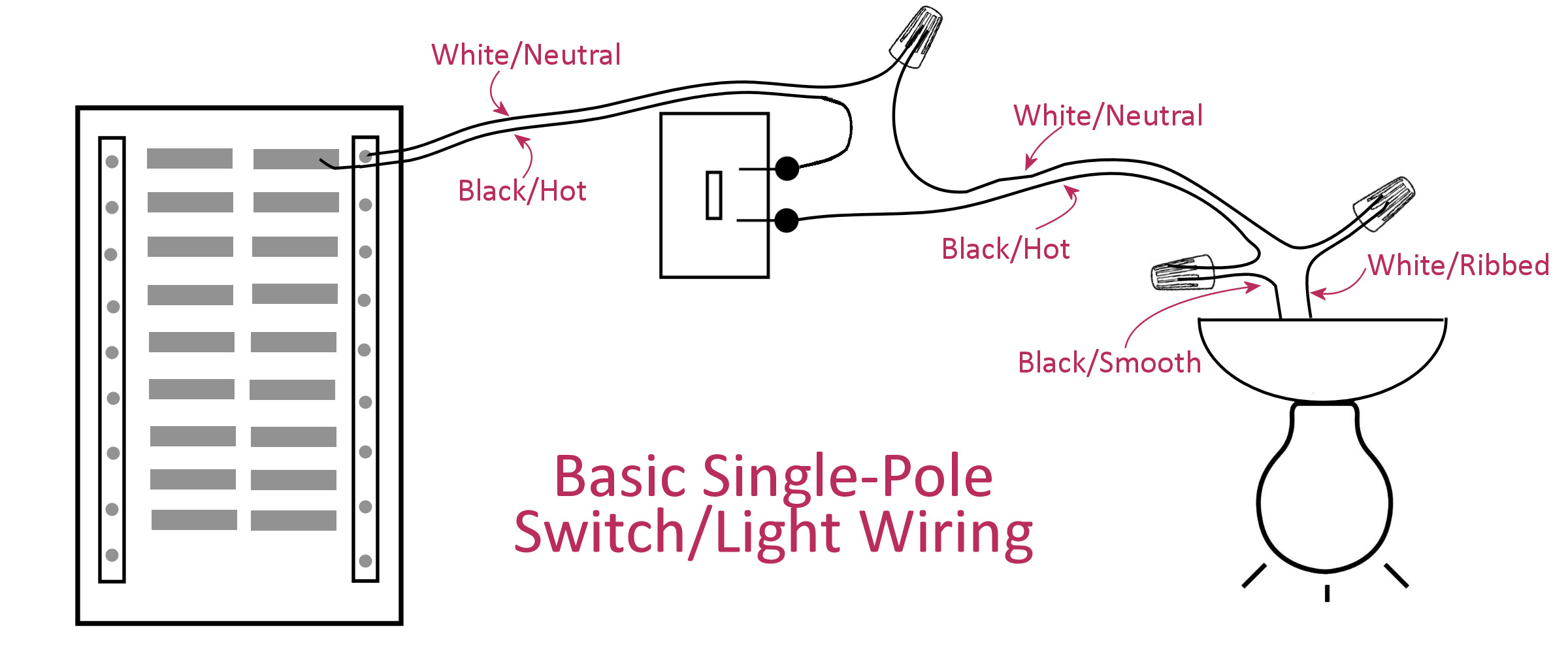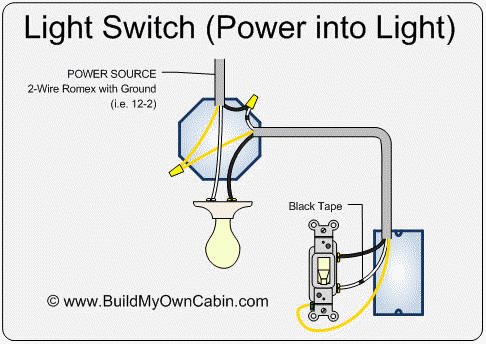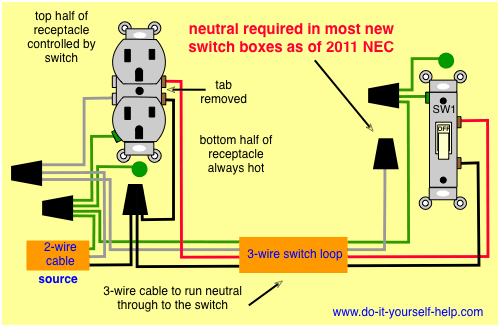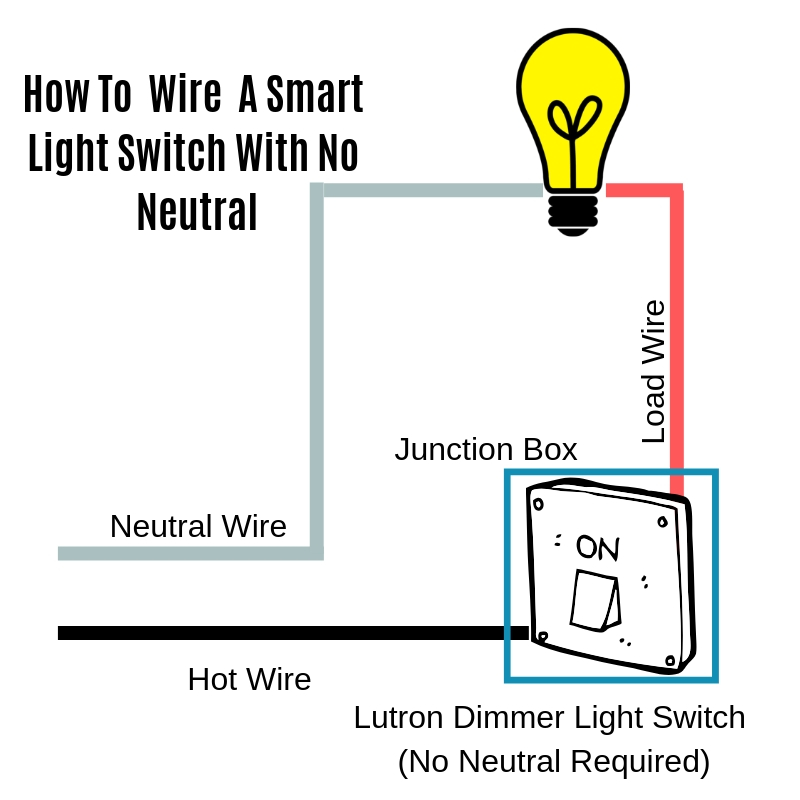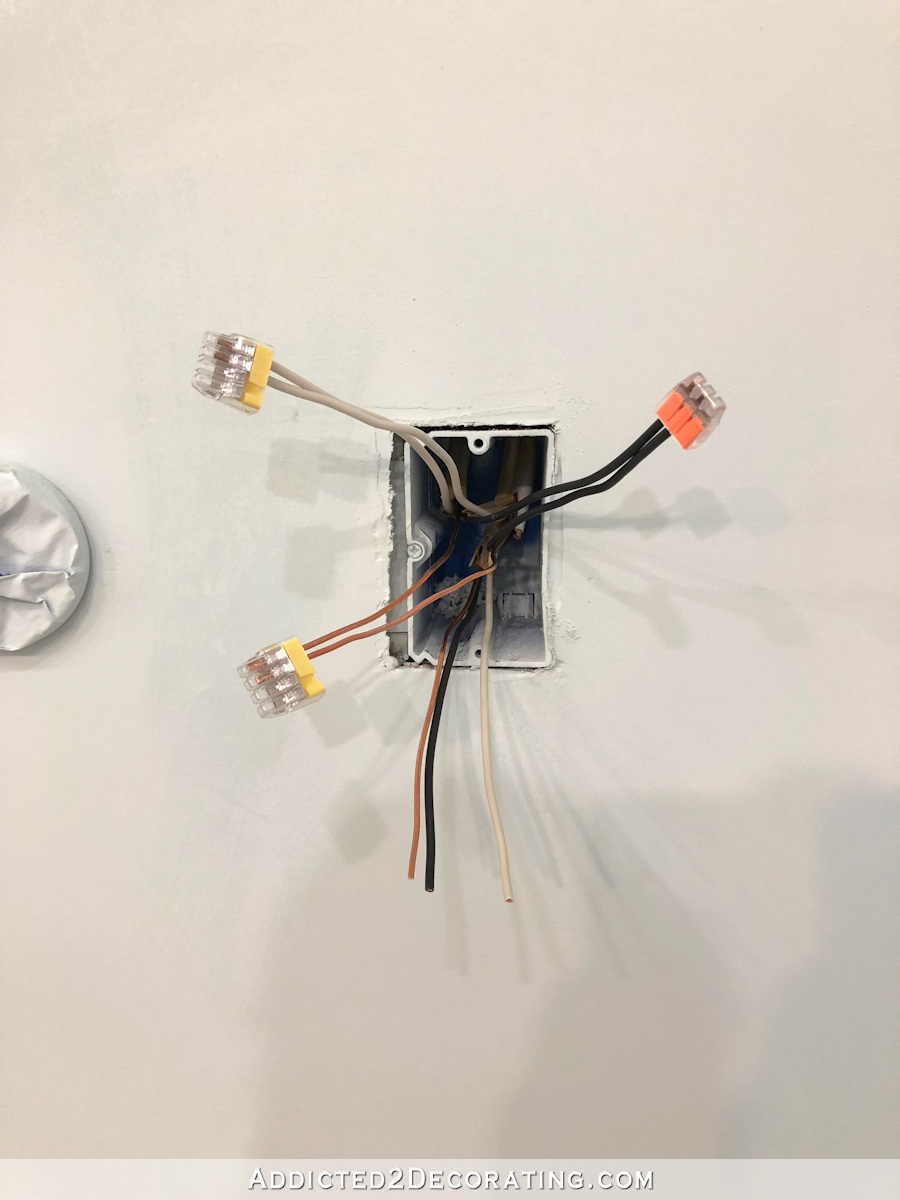Since the neutral line is at or very near ground. If you interrupt the hot wire at the switch the power stops at the switch and can flow no farther.

How To Replace A Light Switch Dummies
Switch hot or neutral. This is a diagram of a switch with a neutral. On some manufacturers switches its not identical to that of the power poles and contacts. There can be other colors of hot wires in some systems as well but black is the most common. One disadvantage is the design and construction of the neutral pole and contacts. Theoretically you can touch neutral oror ground and not get shocked as long as the hot is insulated or disconnected. The question is a bit long for me to follow fully but i will say that on a 120v circuit you are not aloud to switch the neutral.
The black hot connection is broken to turn the light onoff the white neutral connection completes the circuit. You have an appliance box. Think about it this way. However a 3 pole transfer switch with overlapping neutral contacts has several drawbacks. If the person who installed the wiring followed regulations the house wiring colors should give away the identity of the hot and neutral wires. The other day a manufacturer inquired about switching the neutral in a branch circuit and whether the 2011 national electrical code nec would permit a switched neutral for any application within the code.
The bare hopefully solid copper wire is the ground. I am not sure if your whole circuit is 120v but theres a part answer for you. That said cables always come with at least one white so in practice where cable is used for power and switch return from a fixture to a switch it is quite common for a white not to be a neutral. The light outlet or whatever is connected to the switch will not be energized. The neutral is required to be unswitched by code and for basic safety. Always switch the hot side.
That way if the switch is open or the fuse blows the current in the hot wire will be prevented from proceeding beyond the switch or fuse into your circuit. If you see a black wire you should always assume its hot. Hot and neutral come into the box and the hot immediately goes into a switch. You should always place switches or fuses on the hot wire rather than on the neutral wire. My first reaction was no and then i thought about the differences between neutrals and grounded conductors. I also had thoughts about overload protection in motor circuits and control.
This minimizes any risk of shock that might occur if a wire comes loose within your project. While it is true that wiring the hot or the neutral wire to the switch will both break the circuit only wiring the hot wire will do it safely. The standard color for your hot wire is black. It is a code rule. Never switch the neutral. You always switch the hot never the neutral.


:max_bytes(150000):strip_icc()/Three-waySwitchDiagramNew400-56a27f6a3df78cf77276b609.jpg)

